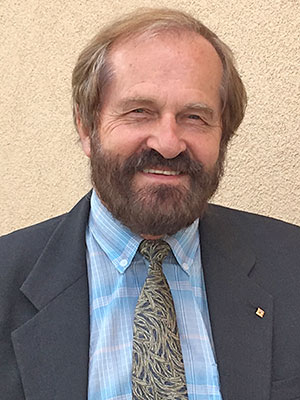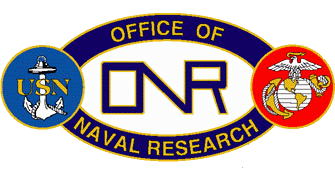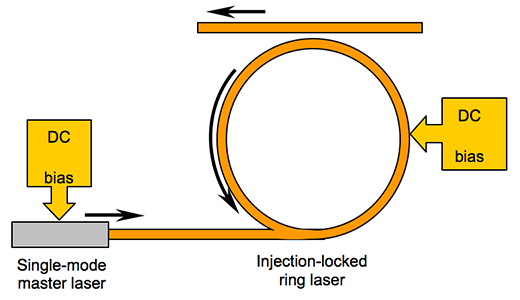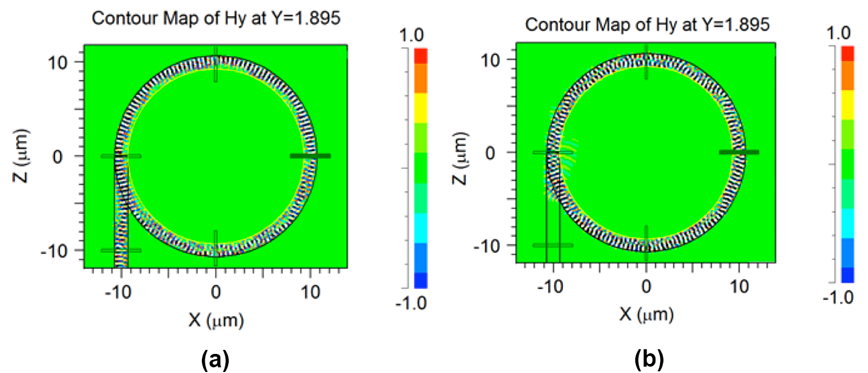Recent News
NQVL Design Phase Award
October 1, 2025
CHTM Joins NSF's NQVL Pilot Projects
August 9, 2024
OSE PHD, Dr. Xuefeng Li - Wins The Outstanding Interdisciplinary Graduate Programs Award
May 10, 2024
Dr. Ali Rastegari - 2024 OSE Best Dissertation Award Winner
May 10, 2024
News Archives
Osiński earns grant from Office of Naval Research to develop novel ultrafast laser transmitter technology
May 30, 2017 - Sharon Steely for CHTM

Marek Osiński
Marek Osiński, Professor of Electrical and Computer Engineering, Physics and Astronomy, and Computer Science at The University of New Mexico (UNM), is the Principal Investigator (PI) for a project which recently brought a $1.3M grant award to UNM from the Office of Naval Research (ONR) in Arlington, VA.
While the specific application of interest to ONR is cryogenic data egress, this project will have a much broader range of applications. Ultra-high-speed (>100 GHz) on-chip modulation of integrated lasers is an important “holy grail” for the ever increasing demand for ultrafast communication. This project is expected to have a revolutionary impact on the field of fundamental and applied physics of semiconductor lasers, bringing forth a new class of ring-laser-based integrated ultrafast sources.

Development of inexpensive ultrafast chips operating at speeds exceeding 100 GHz will have a huge societal impact by increasing the transmission capacity of fiber-based networks, directly impacting G5 wireless networks, Internet, local area networks, metropolitan area networks, and long-haul backbones, thus bringing closer the concept of Networked Society.
Osiński's project explores the use of semiconductor ring lasers to provide energy-efficient high-speed data egress from a cryogenic environment of superconducting electronics for further processing at room-temperature. The new project, aiming at fabrication and testing of prototype devices, is a continuation of an earlier grant award from ONR that supported numerical simulation of strongly injection locked whistle-geometry ring lasers (WRLs). That award, totaling $400,000, began in April of 2015 and will end in September 2017.
Investigation of Superluminescent Diodes for Smart Lighting Systems
From the Abstract:
High-speed low-power superconducting single flux quantum (SFQ) digital circuit technology offers significant advantages over the currently dominant CMOS digital technology (that consumes too much power) for a wide range of applications, ranging from digital radio frequency receivers to high performance computing. SFQ circuits can operate at frequencies over 100 GHz. Computers based on SFQ, however, have not been competitive due to lack of energy-efficient, high-bandwidth data links from cryogenic superconducting circuits to room-temperature semiconductor circuits. From the energy efficiency point of view, an optical data link would have an obvious advantage over all-electrical metal links in terms of much lower heat conductivity of optical fibers or windows (negligible heat leak) and low signal attenuation.
To maximize the optical data link energy efficiency, one needs to develop a low-power, high-speed electro-optic converter or modulator capable of working with a few mV signals (typical SFQ output signals are 1 ps pulses with an amplitude of ~1 mV, 10 - 50 Ω source impedance, and ideally > 100 GHz repetition rate). A key capability under development at UNM, directly pertinent to data egress in cryogenic computing systems, is the technology of strongly injection-locked whistle-geometry microring lasers (WRLs). They offer unprecedented, ultrahigh values of modulation bandwidth, exceeding 100 GHz, that is achievable by direct current modulation without any multiplexing.
Based on excellent predicted high-speed performance of strongly injection-locked WRLs, under this project prototype photonic integrated circuits (PICs) will be developed, comprising a single-frequency master laser, an injecting waveguide, a strongly injection-locked WRL, a directional output coupler, and (optionally) a high-speed photodetector, all monolithically integrated on a single chip and therefore requiring no optical ingress or alignment. The WRL will be injection-locked by a stable single-frequency master laser monolithically integrated on the same chip. CW and ultrafast electrical and optical characterization of the PICs will be performed at UNM over a temperature range from 4 K to 350 K.

Fig. 1. Schematic layout of the proposed photonic integrated circuit.

Fig. 2. Unidirectionality of whistle-geometry ring lasers. (a) Counterclockwise propagation. (b) clockwise propagation.
Sources / Related:
• Osiński Research Group
• “Laser Diode market projected to grow,” CHTM "In the News"
About Marek Osiński:
Osiński's main current research interests include:
- Semiconductor ring lasers
- Ultrafast optoelectronics
- Monolithically integrated optoelectronic circuits
- Comprehensive simulation of optoelectronic devices
- Neuromorphic computing
- Memristors and memcapacitors
- Colloidal nanocrystals for biomedical applications
- Nanoscintillators
- Hybrid nanocrystals for solar hydrogen production
- Nanocomposites for neutron detection
Osiński is a Fellow of the International Society for Optical Engineering (SPIE) (‘02); a Fellow of the Optical Society of America (OSA) (’03); a Fellow of the Institute of Electrical and Electronic Engineers (IEEE), IEEE Photonics Society, and IEEE Engineering in Medicine and Biology Society (‘15); and a member of the Materials Research Society. He is serving as Associate Editor of the IEEE Photonics Journal. He has authored or co-authored over 520 technical papers and five book chapters. He also co-edited 23 books of SPIE conference proceedings on “Physics and Simulation of Optoelectronic Devices” and 18 other SPIE volumes in the fields of advanced high-power lasers, optoelectronics, nano-biophotonics, and colloidal nanoparticles for biomedical applications.
Osiński holds 16 UNM-affiliated U.S.-issued patents, including 2 patents supporting the whistle-geometry ring-laser technology described above. From 2006 till 2012 he was Program Director and PI of UNM's $3.1 million fellowship program on Integrating Nanotechnology with Cell Biology and Neuroscience, funded by the National Science Foundation under the Integrated Graduate Education Research Traineeship (IGERT) program.


